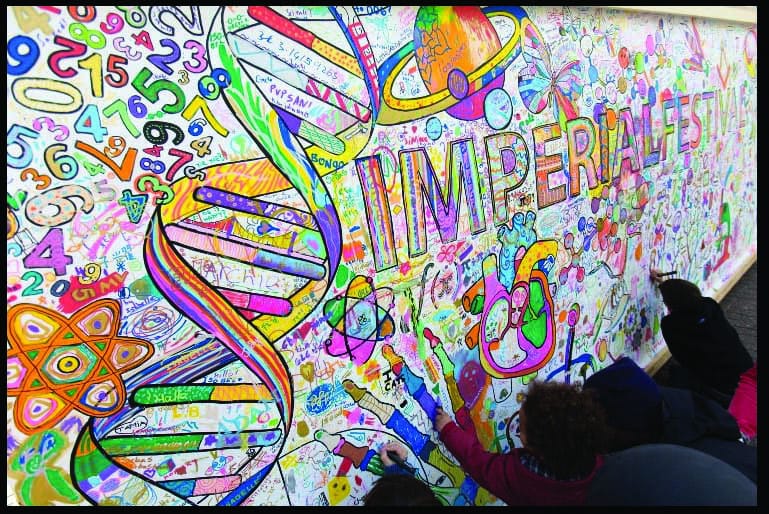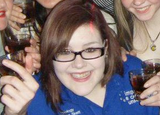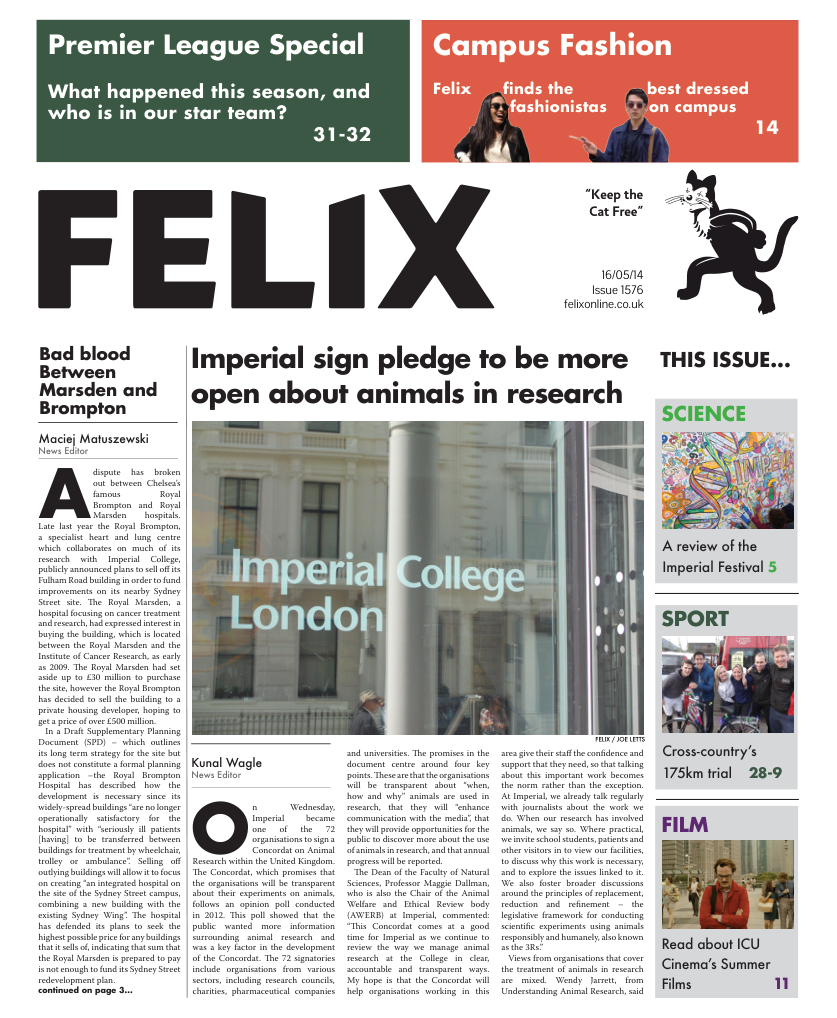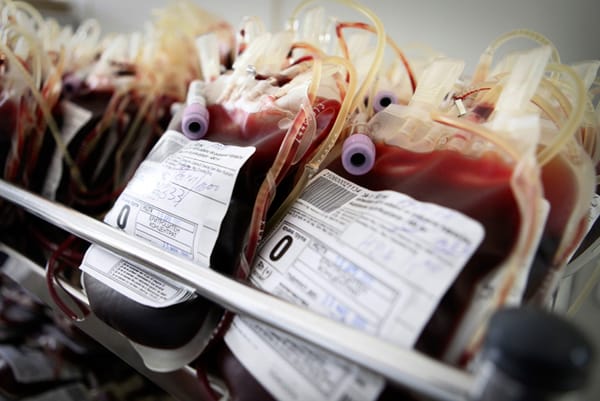Wait... are people actually starting to enjoy science?
Philippa Skett reviews Imperial Festival and the wider public engagement movement

The third annual Imperial Festival took place last weekend on campus, and saw students, staff and members of the public alike come together for the ambitious public engagement endeavour. The scientists of Imperial, usually hidden away in their labs and lecture theatres, came out in full force to share what Imperial gets up to in its day to day workings.
However, why has Imperial taken to hosting such a large scale, complex event that was completely free to attend? Why are science festivals, that run the risk of failing due to the stigma science can have of being boring or too complex, actually rising in popularity?
Are people starting to actually enjoy science?
Building on the foundations of previous Imperial Fringe nights and preceding Festivals, this year’s festival spanned over two days, beginning on Friday afternoon and spanning late into Saturday evening.
Attractions were scattered right across campus, and included guest lectures, comedy performances, surgery simulations, and student musical acts. These were all based around the central pivot of the festival, the Research Zone, located inside the omnipresent marquee on Queen’s Lawn. Here the staff and students of Imperial presented their current research and experiments, giving a platform to the work we as a college spend our time doing behind closed lab doors.
There were also lots of opportunities for visitors to gain some hands-on experience themselves, such as extracting DNA from strawberries, seeing the world through the eyes of a fly, building edible molecule models, or just sit serenely stitching long strings of blood vessels.
A Pop-Up Surgery, based in SAF, was hosted by the fantastically named Dr Roger Kneebone. It featured an operating theatre complete with a realistic patient on the surgical table, and also boasted “cutting edge” technology – a scalpel that can detect cancerous tissues as it cuts into them. Meanwhile, Dr Sujata Kundu, Imperial alumnus and cocktail connoisseur, explained the chemistry behind alcoholic concoctions, with free samples available for the adults of the audience.
Smaller attractions included a Dance Tent featuring belly dancers and student performances, such as Funkology, and a Workshop tent primarily for the younger visitors. There were also campus tours of College’s own laboratories, robotic centres and even our resident flight simulator. Tours proved to be very popular, with slots being fully booked within two hours of the festival opening.
Appropriately, some of Imperial’s humanities students (a very rare breed of students), those studying science Communication, also got involved with the festival, many presenting their projects for the public to see. These included Project Uproot, a grassroots initiative hoping to get more people interested in environmentalism and ecology, who succeeded in re-homing over one hundred re-potted plants.
Over the past two years, visitors have attended in their thousands, and this year was no exception. Although one visitor explained that they attend each year to catch up on the research of one group of scientists and see how their work is developing, many other visitors simply came to enjoy wandering about between the attractions at their own pace.
Many said the festival had a pleasant atmosphere, that they enjoyed their time looking around campus and said it actually felt almost like a festival – with the farmer’s market, music and (mostly) undisturbed sunshine contributing to a leisurely day spent on campus (for a change). So could it be that the festival was indeed a success?
Imperial Festival is just one branch of the growing movement that is the public engagement of science, an increasingly important priority for anyone involved in science in any way, shape or form.
With it being only recently that the government has acknowledged that science communication is more beneficial when it is interactive between scientists and the general population, as opposed to one-directional, much more effort has been put into engagement events like these.
These sort of events aim to start a dialogue about science, and blur the lines between the scientists in the lab and the public that their work can ultimately effect, hopefully leading to both groups influencing and shaping the work and opinions of the other.
However, just like the Imperial Festival, public engagement of science is very much in its infancy. Some “public engagement” endeavours can be rather circular in nature, with enthusiastic scientists preaching (or rather, communicating) to the choir of equally enthusiastic science fans, and not really interacting with a wider, more diverse audience.
Such a trap is easy to fall into considering students at Imperial are already pretty committed to science, and don’t need a whole festival, blocking the library entrance, to reinforce that. Some certainly don’t need encouragement during the intense revision season when relationships between students and their subjects are almost at breaking point.
In fact, many in attendance, such as some of the older alumni, actually brought excited, attentive children. With such a varied range of attractions on offer, it is more than likely it did make a lasting impact in some way, at least on the younger generation if not those who are already committed science advocates.
However, the aims of public engagement with science is not to make more people want to be scientists, or even want to study at Imperial (this may require more than a weekend festival). It is ultimately to make what is perceived to be “science” more accessible to those not directly in contact with it, and for science to fit almost seamlessly into the wider society as a whole.
These events therefore don’t act in isolation, but are contributing as a whole to a potential cultural paradigm shift, where science isn’t seen separate anymore to the wider society but complementary to it, and something people will be willing to discuss and learn about more frequently.
Hopefully, the Festival left both those visiting and those hosting the festival thinking about how science isn’t as abstract and alien a concept as some perceive it to be, and no doubt has set the stage for even more impressive public engagement feats in the future.
If not, it at least provided a welcome revision break from those studying science in the library to have a glimpse at science in action in the wider world.









